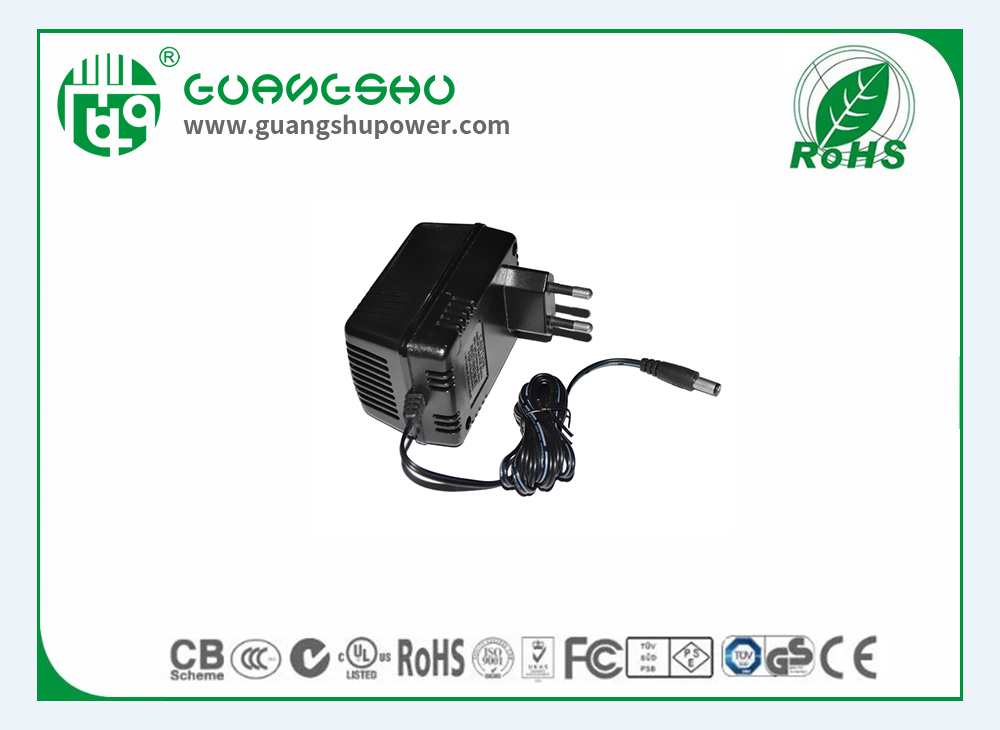Time:2025-08-19 Views:0

When a switching power supply fails to produce any output, it can disrupt the operation of connected electronic devices, ranging from industrial equipment to consumer electronics like computers or televisions. The first step in troubleshooting is to rule out external factors: check if the input power source (such as a wall outlet or AC adapter) is functioning correctly using a multimeter to measure the AC voltage. If the input power is normal, the issue likely lies within the power supply itself.
Next, inspect the internal components starting with the fuse. A blown fuse often indicates a serious internal fault, such as a short circuit in downstream components. If the fuse is intact, move on to the rectifier circuit, which converts AC input to DC. Use the multimeter in diode mode to test the rectifier diodes or bridge rectifier; a faulty diode (showing open or shorted) will prevent DC voltage from reaching the next stage.
The power factor correction (PFC) circuit, common in modern power supplies, is another critical area. Test the PFC inductor for continuity and the PFC capacitor for proper capacitance using a capacitance meter—leaking or swollen capacitors are a frequent cause of no-output issues. Additionally, check the feedback circuit, which regulates the output voltage. Faulty optocouplers or voltage reference ICs (like TL431) can break the feedback loop, causing the power supply to shut down to protect itself.
Finally, examine the power transformer for signs of damage, such as burnt windings or insulation breakdown. If all components check out, the problem may be in the control IC (e.g., UC3842), which manages the switching process. Replace any faulty components with matching specifications, then perform a post-repair test by applying a low input voltage (using a variable AC source) to ensure safe and stable operation before restoring full power.
Read recommendations:
24W Chinese Standard Switching Power Supply